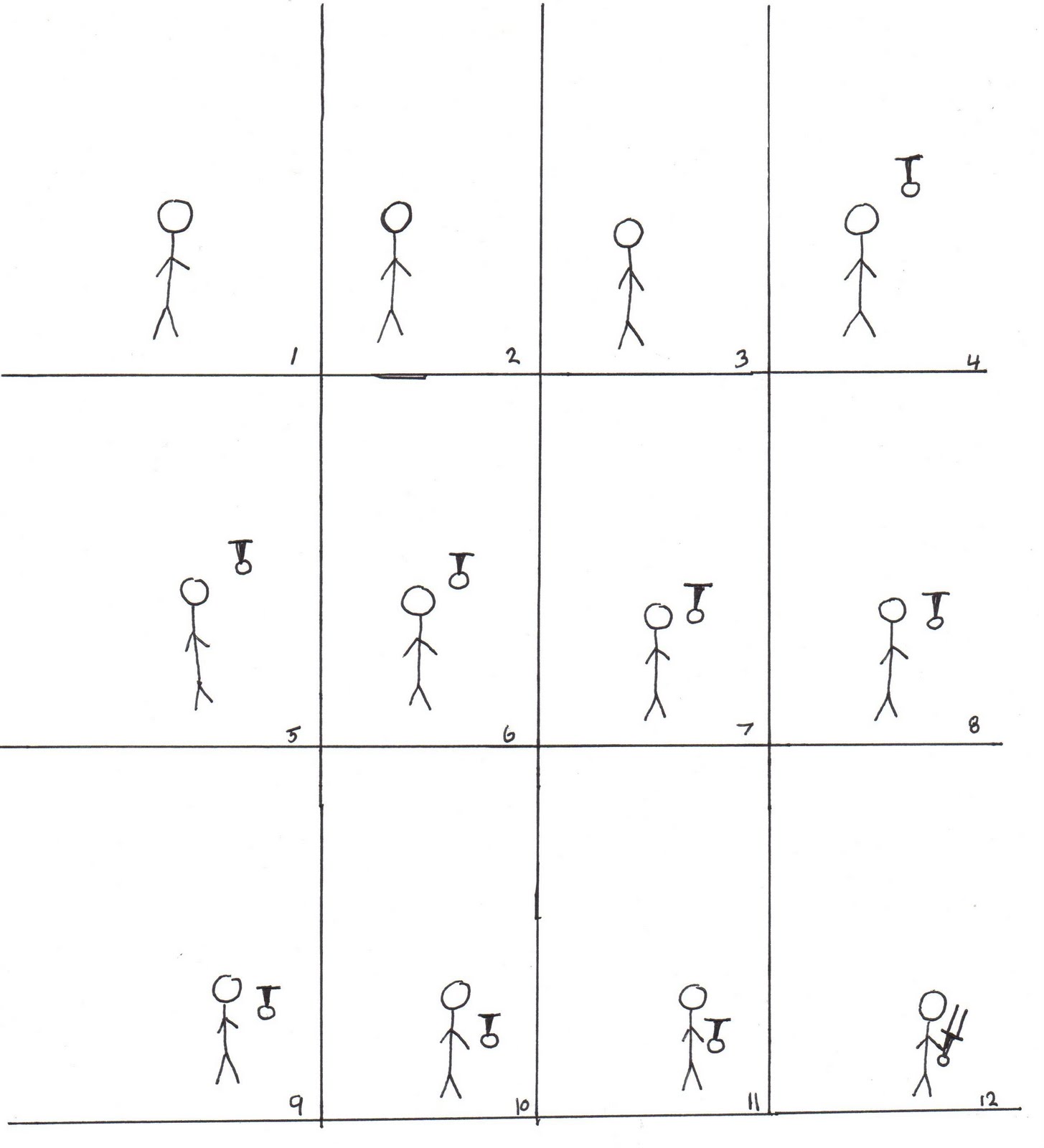

- #Online animation flip book maker how to
- #Online animation flip book maker pro
- #Online animation flip book maker tv
As flipbooks are best flipped from back to front, this will be your starting point. Draw your first image on the very last page of your flipbook. Use these as a reference point to map the movements between them. These are the basic spatial positions your character or object will follow. Top tip: You could consider sketching animation key poses. This will help create a more engaging, consistent animation. Think about the characters, story and style of your flipbook.

It will help you trace your images.īefore you start, it’s important to know what you’re creating. Top tip: use an LED light pad as a backdrop for your flipbook. You can also bind paper with staples, clips or glue. These are rectangular pads, purpose built for flipbook animation. Of course, you can also invest in a blank flipbook from art supply shops. It will also give your pad a crisp flipping action. This will provide a firm base to lean on when you draw. Tracing paper, for example, will crumple.Ī solid backing. You’ll need to be able to see through your paper and trace your next image. Smaller pages are easier to flip, as they encounter less wind resistance.
#Online animation flip book maker how to
Here are some tips on how to nail your animated book drawing.Īll you really need to get started is a pad of paper and a pen/pencil.Ī size of around 7.5cm x 12cm. The sky’s the limit when it comes to flipbook ideas.įlipbooks are one of the simplest forms of animations - but there are a few things to remember if you want to get yours right. Instagram and TikTok are also loaded with creative flipbook ideas, ranging from tragic goldfish love stories to dancing stick people.
#Online animation flip book maker pro
Pro artist Andy Bailey’s channel Andymation has 4.3 million YouTube subscribers and combines incredible flipbook and stop-motion videos with accessible how-tos. In fact, a number of artists and animators challenge themselves to create one in just an hour. Others use their flipbooks to build followers online. Pro artists, cartoonists and animators use them to demonstrate their craft, while some even create flipbooks to sell as art or souvenirs. What’s more, the pared-back equipment list means you can create one from wherever.įlipbooks aren’t just for novices. In fact, rudimentary drawings can be just as effective as more lifelike, creative or intricate designs.

You don’t need to be a natural artist to create a flipbook. Why not tell the story of the first time you met your partner, or play out a long running in-joke with your best friend? It provides an accessible way to draw a character and tell a story.įlipbooks make the perfect creative gift. From there, you can build more elaborate stories and concepts.Ī flipbook is an invaluable tool if you’re teaching students or beginners the basics of animation. Picture a car driving across the page, a child bouncing a ball, or a flower growing in the sun. They’re a great way to bring characters to life, test scenes and hone your creative skills. Many animators cut their teeth with flipbook doodles. In the next section, we’ll talk about why they’re still popular. Nonetheless, a subculture of back-to-basics animation enthusiasts have brought flipbooks out of the archives and back onto social media feeds.
#Online animation flip book maker tv
Today, hand-drawn animation techniques are largely out of favour in the TV and film industries, with computer animation more popular. They also used flipbooks to plan drawings and in-betweens. Animation teams from Steamboat Willie right through to Who Framed Roger Rabbit drew incremental sequences of linear images onto celluloid and projected them in rapid succession. With the advent of video, flipbook principles then laid the groundwork for traditional cel animation techniques. It was actually the Victorian printer John Barnes Linnett who pioneered flipbooks in the 1860s, and their potential for animation and filmmaking quickly became apparent.īy the late nineteenth century, early motion picture devices like the Mutoscope had replaced the paper pages of a flipbook with photographic prints. These cylindrical gizmos blew the bowler hats off Victorian audiences by presenting a rapid sequence of images from within a rotating drum.įlipbooks are a little different, however - they present images in linear sequence, rather than through a circular device.

Persistence of vision was key to early animation devices like the Zoetrope. This extra effect shows how additional effects can go a long way to helping a flipbook stand out. As the figure mows the lawn in this full-colour flipbook, which captures each rotation of the mower to perfection, grass bursts from the pages as the animation nears its end. Creator Roger Wieland gains extra props for the usage of actual blades of grass in this lawnmower animation.


 0 kommentar(er)
0 kommentar(er)
